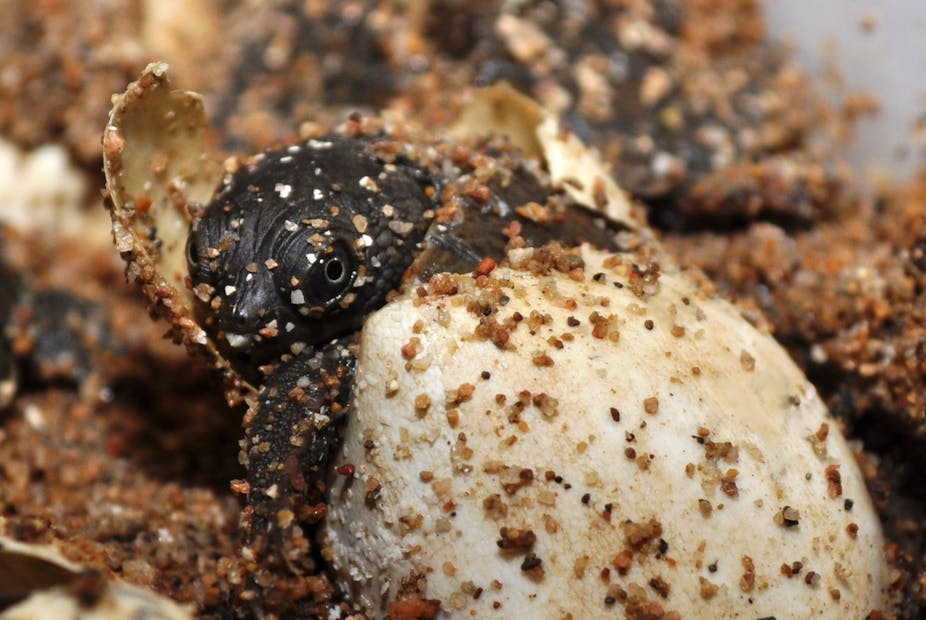The World Conservation Union (IUCN) uses set criteria to define species extinction risk. At the pointy end of the wedge, species are classed as Critically Endangered, Endangered or Vulnerable.
Overall, the IUCN system for defining species viability is considered robust. On a species-specific basis however, extinction risk may be underestimated.
Inappropriate classification is often due to a lack of ecological information. It may seem trivial, but this mis-classification could result in lack of action.
At the time of writing, Australia had 96 species within the “critically endangered category”. I am certain the list would be far longer if there was sufficient data upon a greater number of species.
The endangered unknown
For example, the Freshwater Whipray (Himantura Dalyensis) was only discovered in 2006. It was identified from only a few specimens captured from rivers in northern Australia. Seven years later nothing is known about its population size, distribution, life-history, and ecology. The species is currently listed as endangered, but really we don’t know how the population is faring.
The Spear-Tooth Shark (Glyphis glyphis) also inhabits rivers in northern Australia. It is considered to grow to over three metres but an adult individual has never been captured and identified. This magnificent animal was only described to science in 2005. The species is IUCN listed as endangered, but without even knowing where the adults exist we have no idea about past or present trends in the population.
The Mary River Turtle (Elusor Macrurus) is Australia’s largest freshwater turtle. It extracts oxygen from the water through a gill like structure in its tail, and has been given the nickname bum-breather. Despite being located only three hours from Australia’s fourth largest city, the species was only described to science in 1998. The eggs of this turtle were plundered throughout the 1960s and 1970s and sold in pet shops throughout South Australia. Older Australians may know this critter as the “penny turtle”.
The species fails to attain IUCN critically endangered status. Although the IUCN do acknowledge that more ecological information about the species is urgently required.

The lack of scientific knowledge about the animals that roam this continent is perhaps testimony to its size and biodiversity. But it also reveals a long standing lack of investment into ecological study and research.
Encouraging programs
Fortunately the tide is changing. Australian universities are now populated with some of the world’s best ecologists. Collaborative ventures such as the Terrestrial Ecosystem Resource Network and the Atlas of Living Australia are web-based portals that store Australian ecological-based data records and improve access.
The Australian Animal Tracking and Monitoring System helps hundreds of researchers from around Australia track the coastal and oceanic movements of marine animals, allowing them to share their results.
The Australian Centre for Ecological Analysis and Synthesis supports working groups to get information and ideas from ecologists through to resource managers and policy makers.
These joint ventures are inspired. They are going to change the way we view and manage Australian animals. I just hope we are not waking up too late.

